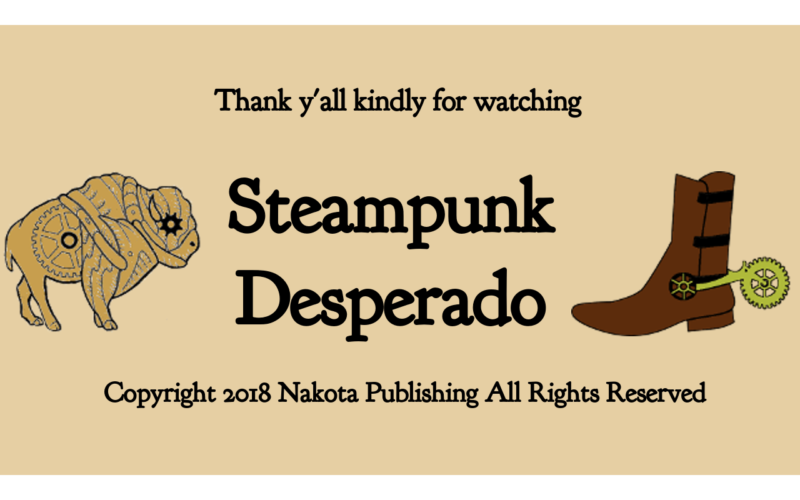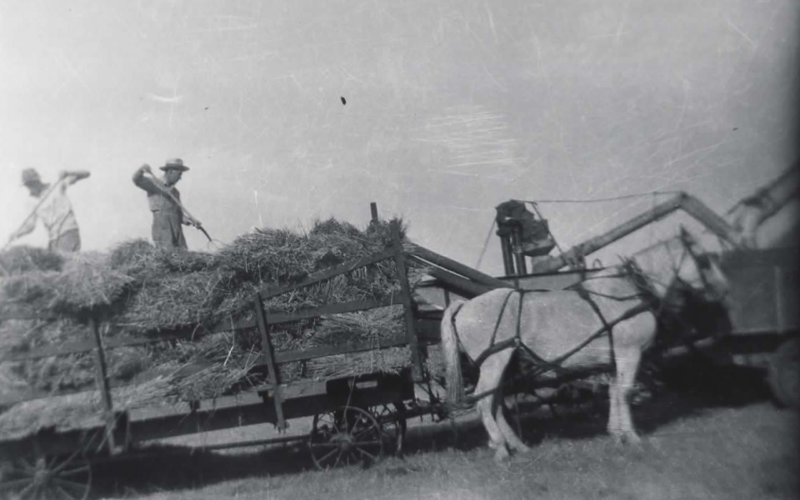* A tip of the hat to the great Sam Cooke.

If I’m not mistaken, this is my grandfather Otto Treude circa 1904. In those days, moms put all babies in dresses, both male and female.
To be successful, works of historical fiction, or in a quasi-historical genre, need to have an air of authenticity. There are thousands of readers who love to catch an author in an embarrassing error. Even steampunk, which bends history in fanciful ways, doesn’t work if the setting doesn’t do a good job representing the Victorian era. The author may introduce all sorts of wrinkles, as long as the characters talk and act as if they belong in that period. In other words, unless the writer is already an expert, he or she needs to do historical research. This can be a chore, a delight, or a trap.
Even for those who love history, the task can be tedious and frustrating at times. Thanks to the Internet, obtaining basic information is easy. The more obscure details can be difficult. As one searches, it becomes obvious that most of these plentiful articles are based on the same sources, with little or no fresh information. This can be a pitfall because research can become very time-consuming and serve as an excuse for not writing.
Wikipedia (or its alt-technology descendant InfoGalactic) is a good starting point because it contains the basic information on a host of subjects. The downside is that the astute reader can easily determine when an author puts forth a minimal effort. The researcher needs to have persistence and ingenuity when looking for the obscure details that can be important to the story. The public library (yes, they still exist) can be a great help, especially since one no longer needs to search through paper index cards. In the past, I have also utilized local university libraries, though as a non-student I could not check any materials out.
If the writer’s budget allows it, there’s the option of purchasing historical background works on-line. Amazon allows you to sample many of its e-books which helps to determine whether something will be useful. Museums are another great source of information and inspiration. If the historical period is recent enough, family letters, documents, and heirlooms can provide color and immediacy.
While searching, I often run across information that is unrelated to the work at hand but still interesting. In particular, I like anything related to steam technology or the Victorian era. For these, I save notes, excerpts, or links, because they may come in handy for future works. They may also be useful for promotional blog posts which Arlys and I have done regarding cultural and technological aspects of the era. My greatest interests are inventions, politics, and transportation. Arlys focuses on cultural issues of that time, such as fashion, cuisine, marriage customs, and women’s rights.
As I noted before, research has the potential of becoming a distraction from the writing process. For that reason, we limit our preliminary research to a feasibility study, to determine whether our basic story points are plausible. While I’m writing the story draft, I don’t interrupt my creative flow to do research. If there’s something I really need to know, I’ll make a note of it in the text. I can always fill in that information later. Arlys’ focus is on dialog, so she keeps an eye out for dialect and historical slang.
We both find the subject matter to be fascinating.
Research is an obvious necessity for anyone writing historical or semi-historical fiction. It can be hard work, but also fascinating. The most important thing is to be persistent without getting carried away.



































